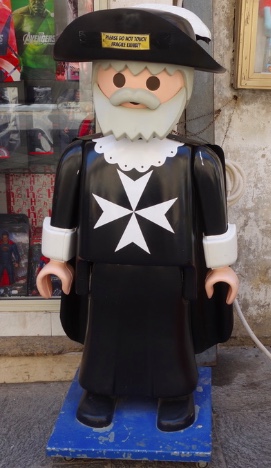
Malta has been inhabited since the Neolithic. Its amazing megalithic stone temples are the oldest freestanding buildings in the world. I have no photos because we haven’t made it to any temples yet. Google them. They’re worth it.
The civilization that built these temples disappeared around 2500 BC for unknown reasons. They were succeeded by a Bronze Age civilization that erected dolmens like the ones in Sicily. They also cut straight wheel ruts into stone extending for long distances, probably to guide carts and keep beasts of burden from straying. They also disappeared abruptly for an unknown reason.
The Phoenicians colonized Malta as a trading outpost beginning in the 8th century BC. The island fell under the hegemony of Carthage, then was sacked and recolonized by the Romans.
From the Romans, Malta passed to the Byzantines. It remained part of the Byzantine province of Sicily until 870 A.D., when it was besieged by the Aghlamids, a Muslim dynasty from North Africa. The Aghlamids overran the major city of Melite (now Mdina) and massacred its inhabitants.
The island probably remained deserted until its eventual repopulation by Arab settlers, who repelled an 11th-century Byzantine attempt to reconquer it. There’s scholarly debate over the fate of the island’s Maltese Christian inhabitants. One theory suggests that they were completely wiped out; the other, that they were either tolerated by or assimilated into the predominantly Muslim community. (The oldest words in the Maltese language derive from Arabic, which suggests that there’s no continuity between the pre- and post-Muslim populations of Malta.)
In any case, Muslim rule in Malta didn’t last long. The Normans conquered the island and it passed through the hands of various French, German and Spanish feudal lords. In 1429, Hafsid Saracens tried to conquer the island, and although their siege failed, they ravaged the countryside and took a significant chunk of the population as slaves.
Although its overlords were Christian, the majority of the population of Malta remained Muslim until the end of the 15th century, at which point the island was thoroughly Latinized.
The island passed into the hands of the Knights Hospitaller of St. John, an order established initially to protect pilgrims along the route to the Holy Land. Over time their function shifted from hospitallers with a military to military with some hospitallers. They were also accomplished sailors who used their fleet to harry Ottoman shipping.
Near the beginning of his reign, the Ottoman sultan Suleiman the Magnificent drove the knights out of Rhodes. After that military fiasco, the knights moved their stronghold to Malta, which they rented from Charles V for the price of one Maltese falcon each year (yes, a literal falcon). Unlike all the former rulers of Malta, who had home bases elsewhere, the Knights of St. John invested everything they had in fortifying the island. And it’s a good thing they did, because in 1565, Sultan Suleiman launched preparations to retake Malta and destroy them. (This didn’t come completely out of the blue—the Ottoman Empire had been expanding for a long time and Malta occupies a strategic position in the Mediterranean—but it probably didn’t help that the knights had been harassing Ottoman shipping.)
Now, my understanding of this episode in Maltese history comes from David Ball’s historical epic The Sword and the Scimitar, so apologies if this is the romanticized version of events:
The knights, under Grand Master Jean Parisot de la Valette, had nine thousand defenders—most of them peasants with pitchforks—with which to hold off an army of 40,000 elite Ottoman troops. They prepared as well as they could in the short time they had; they constructed Fort St. Elmo (on the edge of present-day Valletta) and fortified the city of Birgu to protect the harbor that housed their fleet. Many of these fortifications are still extant. I would not want to be the person besieging these walls:
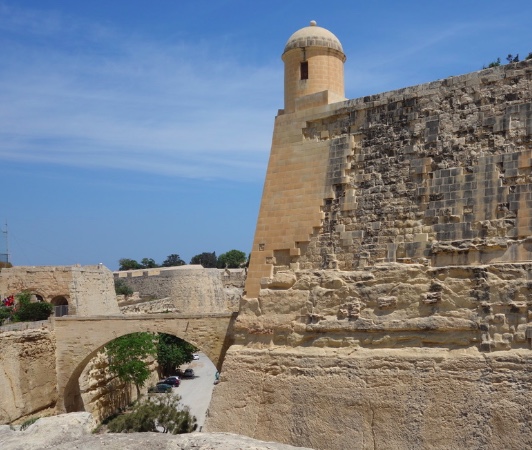
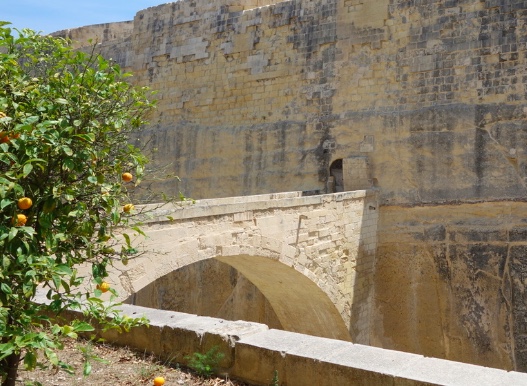
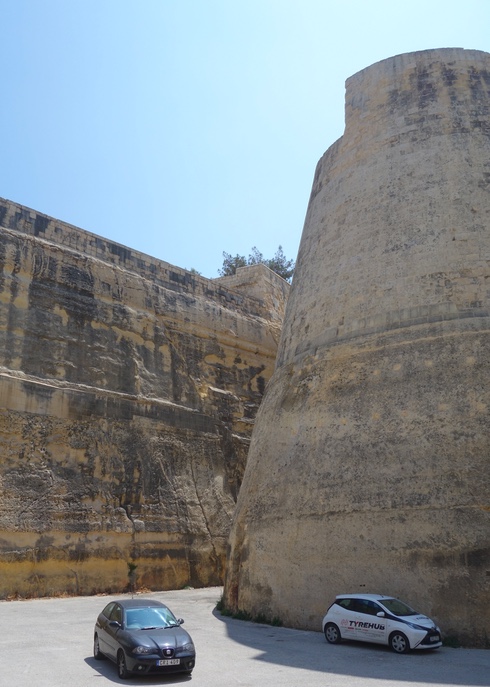
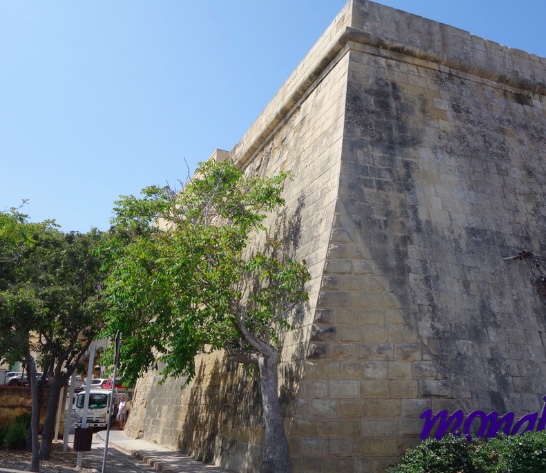
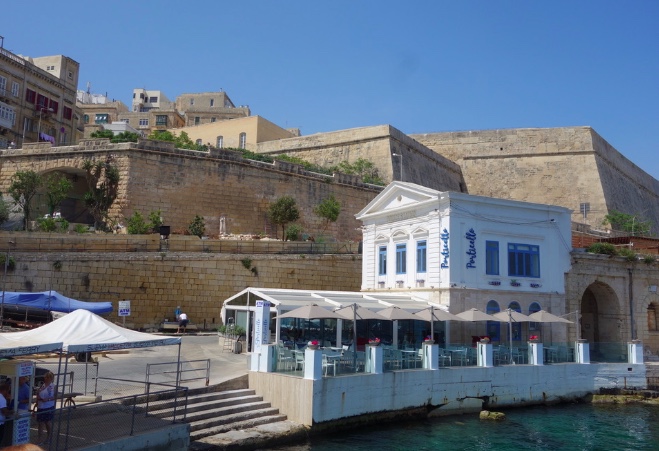
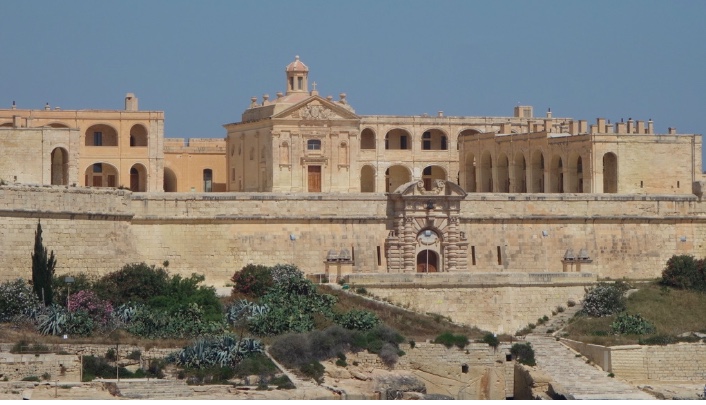
The Ottomans expected an easy victory within a few weeks of landing. Instead, they became embroiled in a bloody four-month siege. Against overwhelming odds and despite horrific casualties, the defenders prevailed. With winter storms threatening to trap their fleet, the Ottomans were finally forced to withdraw. They never attacked Malta again.
The knights ruled Malta for many years to come, although peacetime rendered them obsolete. They went into steady decline. Lavish spending on the part of some late 17th-century Grand Masters bankrupted the Order and made them unpopular with the native Maltese. The knights suppressed an uprising in 1775.
In 1798 their rule came to an end: Napoleon’s navy stopped over to take on provisions, and when the knights refused to supply them with water, they conquered Valletta and ousted the knights.
In his exactly six days in Malta, Napoleon accomplished a great deal—he abolished slavery and ended feudalism, reformed the government, established public education, and instituted twelve municipalities. When he departed, he left a garrison in place.
Maltese enthusiasm for French rule declined as the French garrison pillaged churches, shut down convents and sent Jean de la Valette’s sword to Paris for exhibition. The Maltese appealed to the British, who blockaded the harbor, ousted the French and established Malta as a protectorate.
Malta played some role in both World Wars and remained a British protectorate until 1964, but this is boring and doesn’t have knights in it, so I’m going to end here.